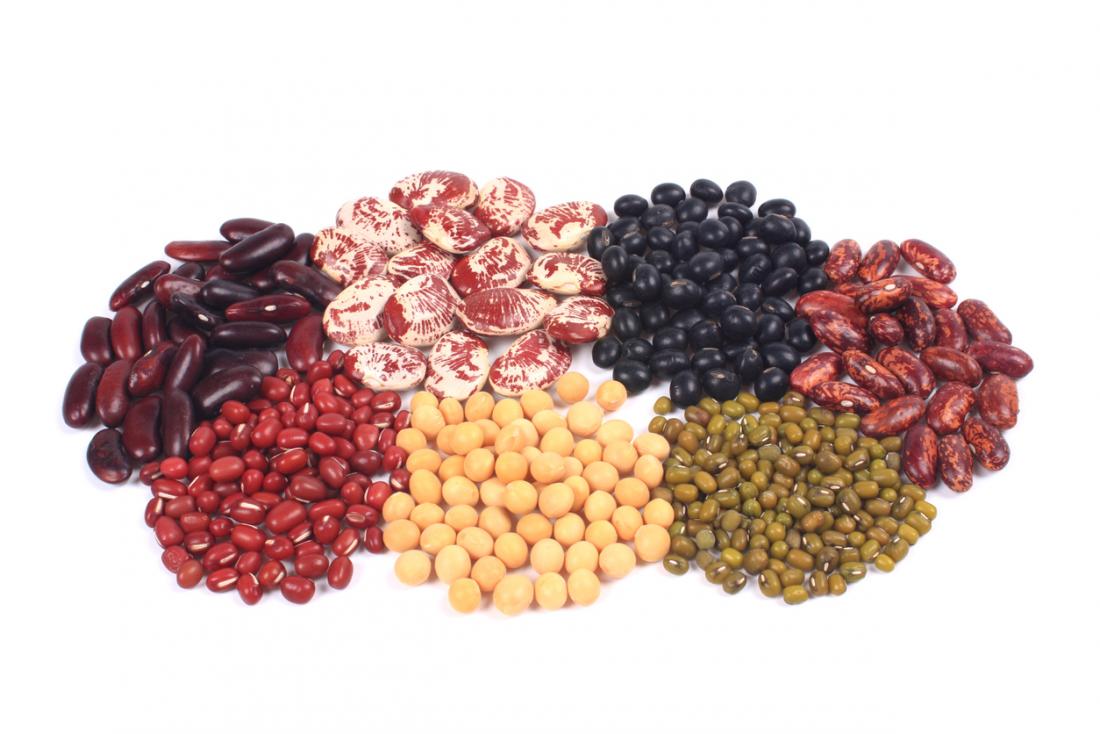

Costs can run high as eating organically is strongly recommended. Image source: The logistics of The Blood Type Diet (as with the Paleo and Atkins diets) are also rather prohibitive. These lectins can be neutralized by sprouting, soaking, and cooking the grains and legumes – thus, it is likely they don’t pose much of a threat in a normal cooked food diet. In addition, the much-feared “lectins” are actually mostly found in raw grains and legumes, and not so much in other foods. Image source: As for the other claimed benefits of increasing energy levels and reducing disease and inflammation – no studies have yet been able to prove them to be true. This could be due to the restrictive nature of the diets, as well as the heavy emphasis on fresh, organic, unprocessed food – which can automatically result in a reduced intake of excess empty calories. Available studies are poorly done, or show that people can lose weight by following any of the above diets, regardless of blood type. Image source: So, can following the above diet recommendations really make a difference? Although the diet has been around for 20 years, there is unfortunately little research to support the theories behind it. (This diet is similar to the Paleo diet we talked about 2 weeks ago!). They are advised to go heavy on the meat, fish, poultry, and vegetables, and avoid grains, legumes, and dairy. Type O: Said to digest protein and fat well. They are also encouraged to eat small frequent meals. Type AB: Said to be a combination of both types A and B, type ABs are advised to stay away from smoked or cured meats, caffeine, and alcohol, but are encouraged to eat dairy, seafood, tofu, and green vegetables.They are to stay away from a specific list of foods, including chicken, corn, wheat, peanuts, and sesame seeds. Type B: Said to be the most able to adapt to different environmental conditions.Thus, the diet for Type As prohibits meat, but focuses instead on (preferably organic) fruits, vegetables, grains, and plant proteins. Type A: Said to be able to digest carbohydrates well, but not animal protein and fat.Image source: The dietary recommendations are summarized as follows: Lectins are said to interact with the body, and can be positive or negative depending on whether they are compatible with a person’s blood type. The diet sets dietary guidelines for each blood type, suggesting certain foods to eat or avoid depending on the ‘lectins’ (a type of protein) present in the food. Thus, a substance that is neutral or beneficial to one blood type may cause harm to another.

Image source: First introduced in 1996, The Blood Type Diet suggests that people of each blood type (A, B, AB, and O) react to the environment differently. Sounds intriguing – but let’s look further before drawing any conclusions. However, one diet – creatively named “The Blood Type Diet” – suggests that knowing your blood type is the key to understanding how your body works, allowing you to live, eat, and exercise in a way that is best suited to you. Type AB is the rarest blood type, totaling 4% of the population.Image source: Most people may know their blood type, but only think about it in the context of blood transfusions – universal donor (Type O), universal recipient (Type AB), or somewhere in between (Types A and B). The least susceptible to allergies and autoimmune diseases however, increased predisposition to certain cancers. Type AB (Rh positive) is the “universal acceptor” blood type since it has both markers present and therefore no blood would be rejected.

Type AB: modern adaptation 1-2000 years ago. In total, Type B comprises about 11% of the population. Type B: migrated north in cold/harsh environments, which was a mutation of Type O. Represents approximately 34% of the population. Type A: the first adaptors to an agrarian and domesticated society a blood type that disappeared and then reappeared 300k years ago. Type O blood types were susceptible to the Bubonic plague, and led to a drastic drop-off in this blood type proportion during the Middle Ages Type O (Rh negative) is the “universal donor” blood type, since it has no markers on it for bodies to reject.

Our oldest blood type, most robust and currently comprises approximately 45% of our population. Type O: our hunter-gatherers, based on survival.


 0 kommentar(er)
0 kommentar(er)
